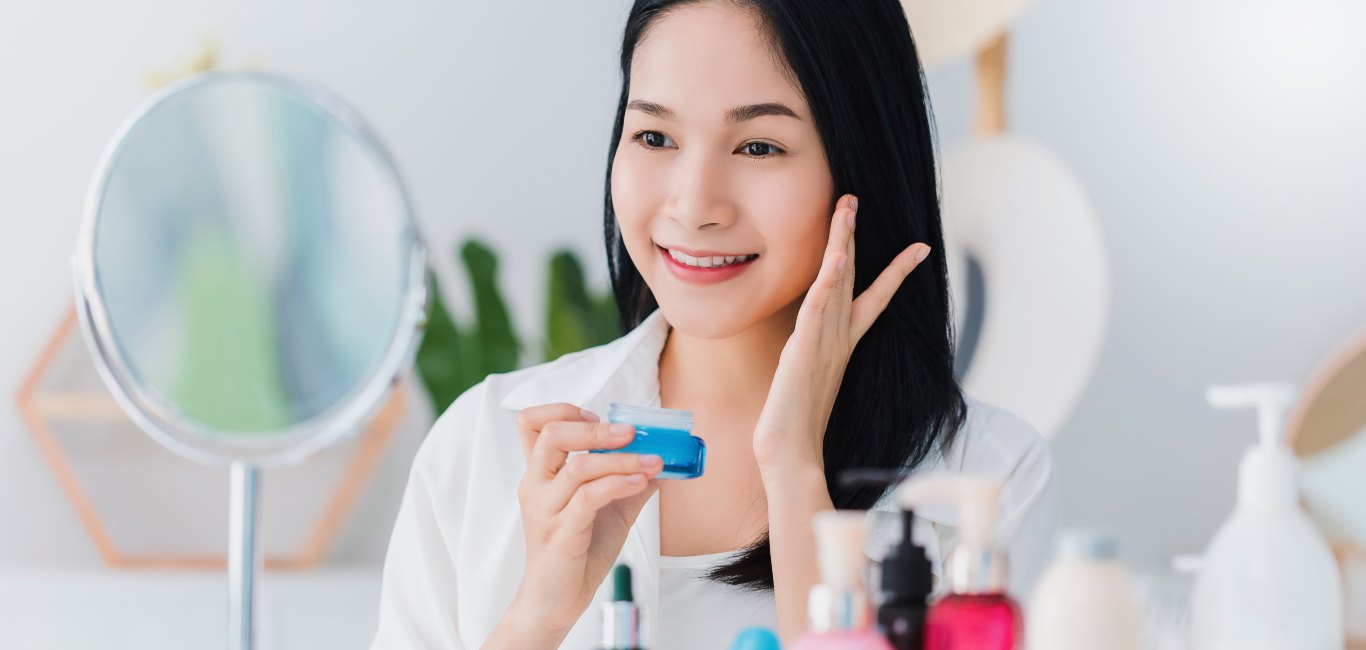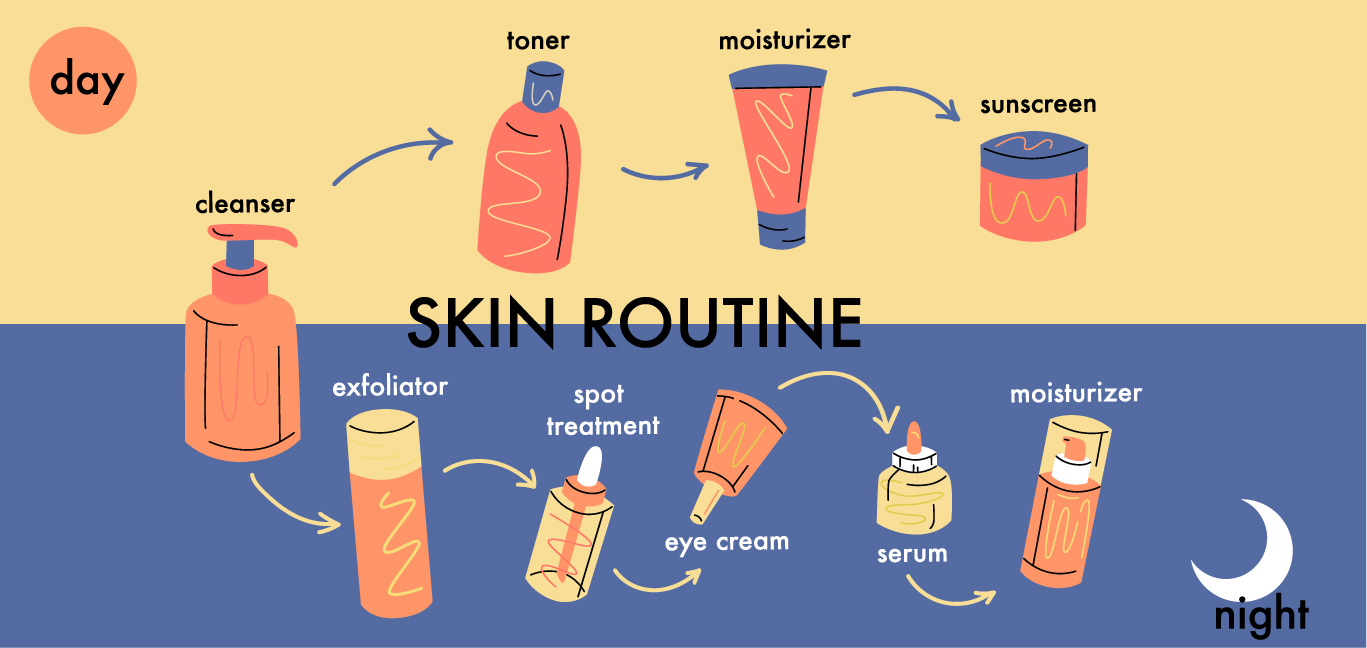
A ‘K-wave’ appears to be sweeping the world.
From music, movies and animation to cosmetics, hairstyles and fashion, everything Korean has found a strong fan base across geographies. But of all of them, catching eyeballs in the internet are impeccably clad Korean people projecting their flawless skin and their now-famous skin health culture.
For a long time, the Koreans have been admired for the way they maintain their skin. Today, the way to achieve and maintain a glass-like translucent skin is no longer a secret.
We asked experts about the K-skincare regime and its key takeaways.
Dr Akshi Bansal, consultant dermatologist and hair transplant surgeon at Manipal Hospital in Bengaluru, says the Korean skincare regimen is a broad term. “When we say Korean skincare regime, it is about cosmeceuticals, the [therapeutic and cosmetic] products that are popular in the Korean market. Different things are becoming popular of late, and people are equating them with this umbrella term.”
A core goal of K-practices is a skin that is hydrated, blemish-free, and toned.
Skincare specialists talk about 10-step, five-step, and three-step regimens. The 10-step regimen in particular has become globally famous as the Korean practice. However, Dr Bansal says they are not strictly synonymous with the K-skincare routine
This, Dr Bansal says, is the 10-step routine:
- Pre-cleanser: This step uses oil-based products to remove any greasy impurities like pollutants, dirt, or makeup.
- Foam-based or water-based cleanser: To get rid of water-soluble impurities on the face.
- Exfoliation: Dead cells building up on the skin are removed, preferably with chemical exfoliators than physical exfoliators. They include alpha hydroxy acid or AHA; beta hydroxy acid or BHA; and poly hydroxide acid or PHA. This step can be done every day or twice a week, depending on one’s skin type and comfort.
- The toner returns: Once, it used to be an essential part of skincare for restoring the pH balance of the skin because earlier, cleansers or soaps were alkaline. With the arrival of face washes and milder soaps, the use of toners is getting skipped, even by dermatologists. Of late, the need for toners is being felt again to replace acidic soaps and hard water. In the Korean practices, one can find hydrating toners which do much more than restore the acidic balance.
- Applying an essence: An appropriate essence is applied to achieve a clear and hydrated skin and also strengthen the skin’s barrier function. Essences also ready the skin for the next application.
- Actives: These are used depending on the kind of concern one has. Actives with salicylic acids are meant to tackle acne; zinc-rich actives work on pores; while niacinamides brighten the skin.
- Sheet mask: It can quickly give a moisture boost to skin in 20 minutes.
- Eye cream: The skin around eyes is delicate, thin, tends to dry up. It needs a specific active as it is different from the rest of facial skin.
- Moisturiser: This step is essential for maintaining the skin’s moisture levels and for supporting its function as a barrier.
- Sunscreen: This is the most important step in the Korean regimen. It is meant to counteract the sun’s harmful ultraviolet rays, which are believed to cause the skin to age early
Do we need an elaborate routine?
K-care advocates suggest that the routine is to be followed in the morning and in the evening.
Dr Anika Goel, dermatologist and founder of Soul Derma Clinic in New Delhi, says this routine doubtless keeps the skin well-hydrated. However, doing all 10 steps takes time and is not sustainable; Indian skin also does not need all of them.
Instead, “Use a basic cleanser, moisturiser and sunscreen to achieve a healthy skin,” she says. This three-step regime would be more suitable for someone with normal or dry skin. And for acne-prone skin, less is usually more, in her view.
Dr Bansal says the 10-step care will show visible benefits but is not practical to follow. “The regimen must be sustainable in terms of time and be affordable [as it has many applications to be used.]. Longevity and sustainability are important in skincare practices,” she adds.
Instead of spending time twice a day on the 10-step routine, Dr Bansal recommends this:
- People who do not use make-up can skip the oil cleanser in the morning.
- Daily exfoliation should be avoided.
- AHAs and BHAs may cause a reaction and should be used only on a dermatologist’s advice. PHAs may be a suitable option
Advice: A dermatologist should be consulted before trying out a K- regime for skincare, to know whether it suits a particular skin type.
Harnessing nature’s goodness
The K-regimen for skincare has gained global interest as it is said to combine the goodness of natural, herbal or organic ingredients. “These ‘organic’ or ‘natural’ ingredients have a wide consumer appeal,” says Dr Bansal.
According to her, these are some of the natural ingredients said to be used in Korean skin health products:
- Coconut water, rose hydrosol and fermented extracts are used in toners.
- Some anti-ageing products use snail mucin, which does not irritate the skin unlike retinoids that are used for the same purpose.
- Bee venom is used in acne removal products.
- Marine-derived bio-actives like salmon egg extract are rich in unsaturated fatty acids and are used in moisturisers.
- Licorice is widely used in Indian products.
- Carbonated or `sparkling’ water with which some people wash their skin is believed to increase facial blood flow, have deep cleansing properties and give the skin a glow.
- Volcanic ash is used for its deep cleansing properties.
















2 Responses
Will you help me find my skin type and skin care products?
Will you help me find my skin type and skin care products?